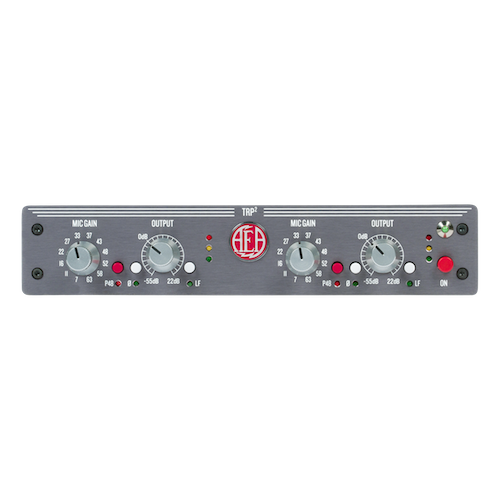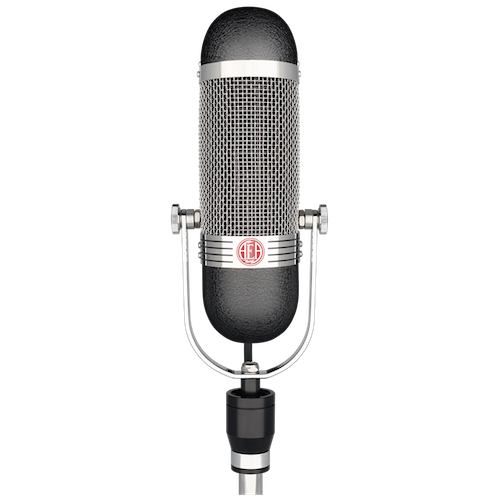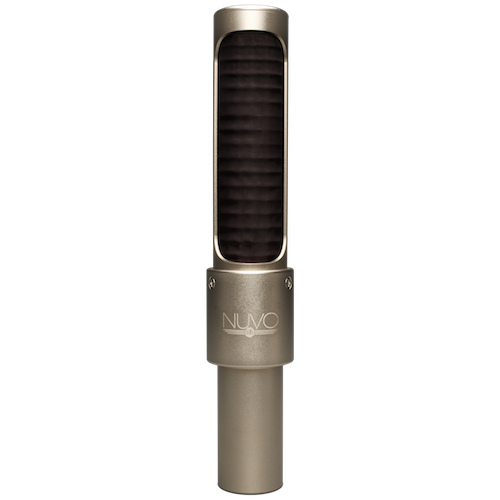AEA’s R44C is a replica of the most famous microphone in the world — the RCA 44BX ribbon. A staple in broadcast and recording studios when the first ribbon microphones were first introduced in 1930s, virtually every major recording artist has used RCA’s 44 ribbon technology.
In 2008, we released the A440 — a microphone at its core that is almost identical to the AEA R44CX, with the goal to set the standard for articulate musicality and quietness. Simply, the A440 is a phantom-powered version of the R44CX harnessing the JFET technology made popular in our RPQ3, RPQ500, and TRP3 preamps.

A Passive Paradox
Though passive ribbon microphones have incredible warmth, they come with certain requirements in order to reach their full sonic potential. This centers around the preamplifier used with the microphone. Pairing any passive ribbon mic with a preamp that has a low input impedance can have a negative effect on the low-end, transient response and overall frequency response of the sound. Also, there can be intense noise issues on quiet sources.
Preamp gain for the R44C should be at least +60dB or higher and the preamp should have a high impedance of at least 1.2k ohms though we recommend an impedance as high as 10k ohms. To guarantee a consistent and full-range ribbon sound, we recommend AEA preamps like the RPQ2, RPQ500, and TRP2. However, preamps above a 5K ohm impedance found in many live soundboards are adequate, though these preamps may be a bit short on gain for quiet sources.
A high-impedance and high-gain preamp isn’t always the solution. In certain instances, long cable runs from a passive ribbon mic to a preamp can cause noise issues as well as impedance problems. On scoring stages, often times the preamps are in the recording space near the microphones and musicians minimizing this interference. This isn’t always a practical solution.

An Active Answer
To overcome the preamp limitations of the R44, we created an active version — the AEA A440 — which includes the same JFET amplifier circuitry used in our preamps, allowing the microphone to be used with any modern preamp. The A440 requires 48-volt phantom power and provides an additional 18dB more output than the passive R44C. Again, the basic microphone sounds virtually the same.
We make several versions of the R44C. Two passive models, The R44C and R44CE differ only from the details of the outer case. Both mics sound the same. A hotrod adds an extra +6dB of output to either passive mic. This is called the ‘X’ transducer mod and it was designed for scoring and other applications demanding a wide dynamic range with the “classic 44” sound.










